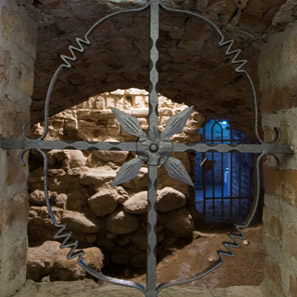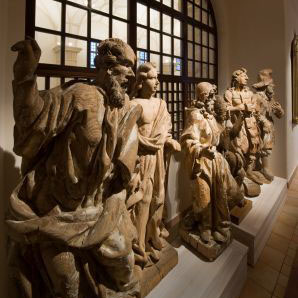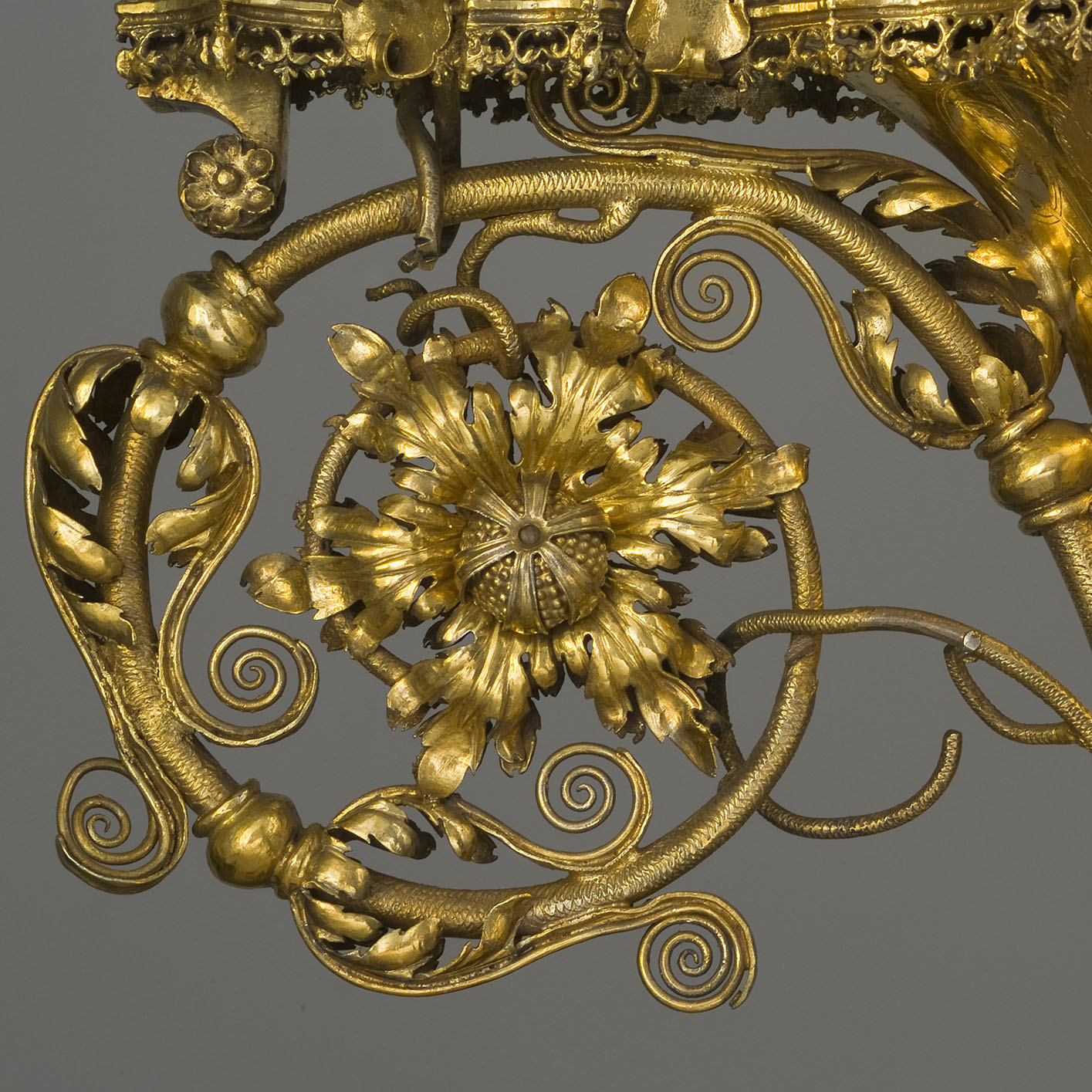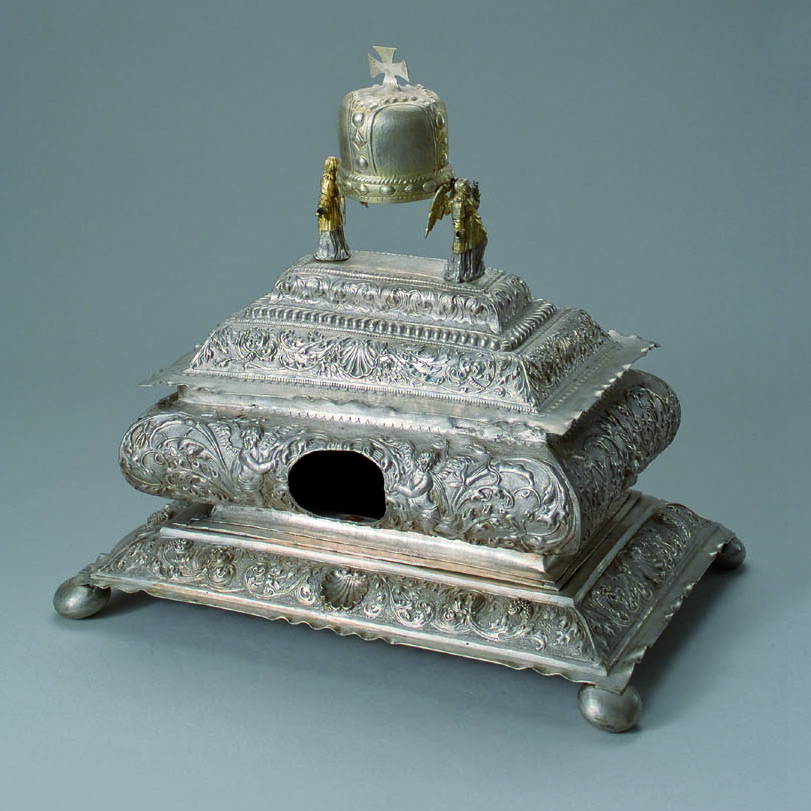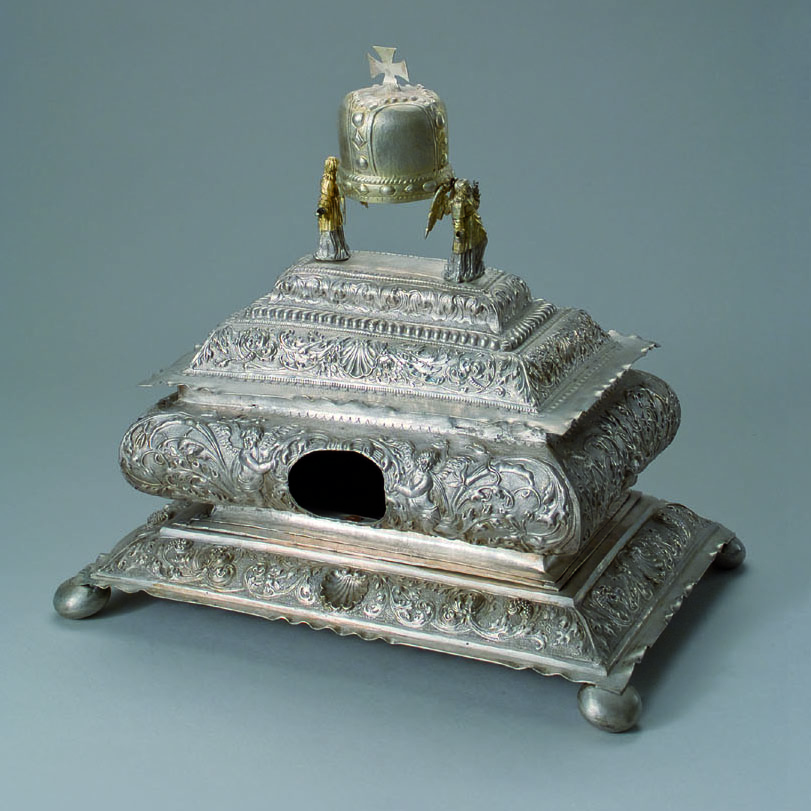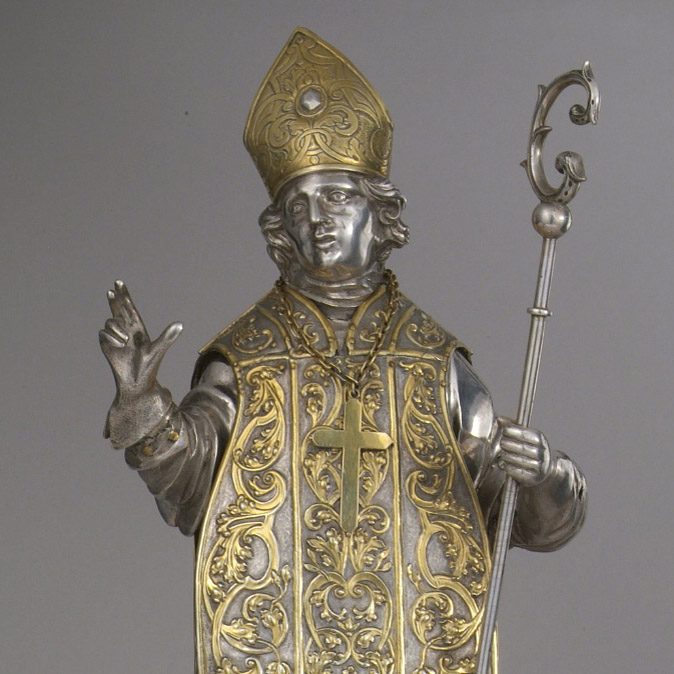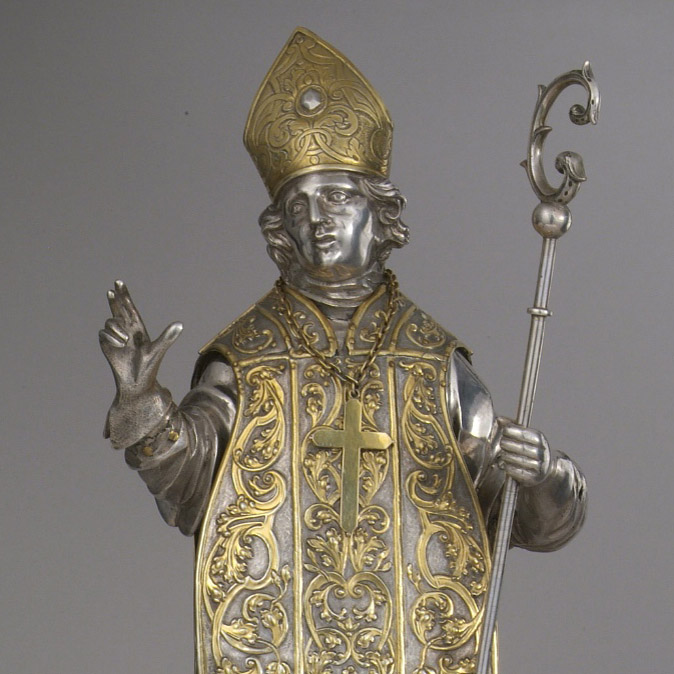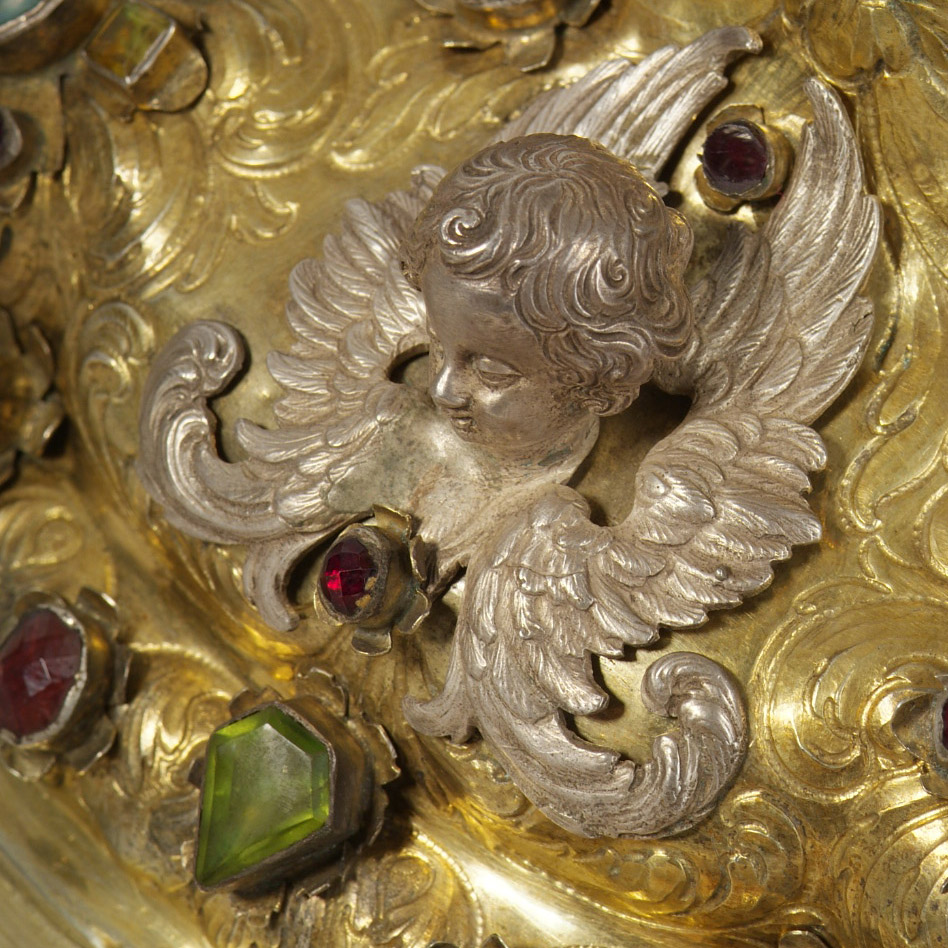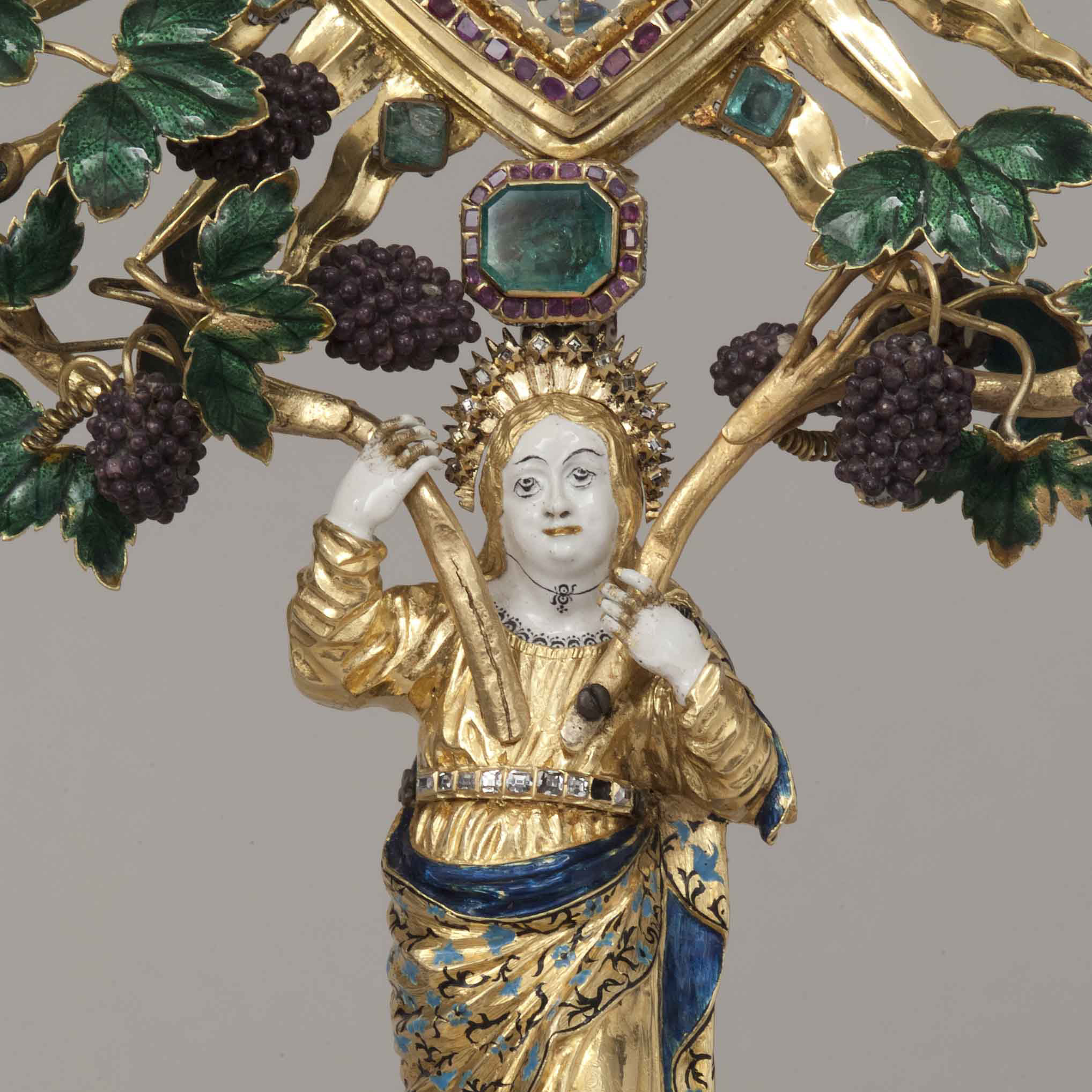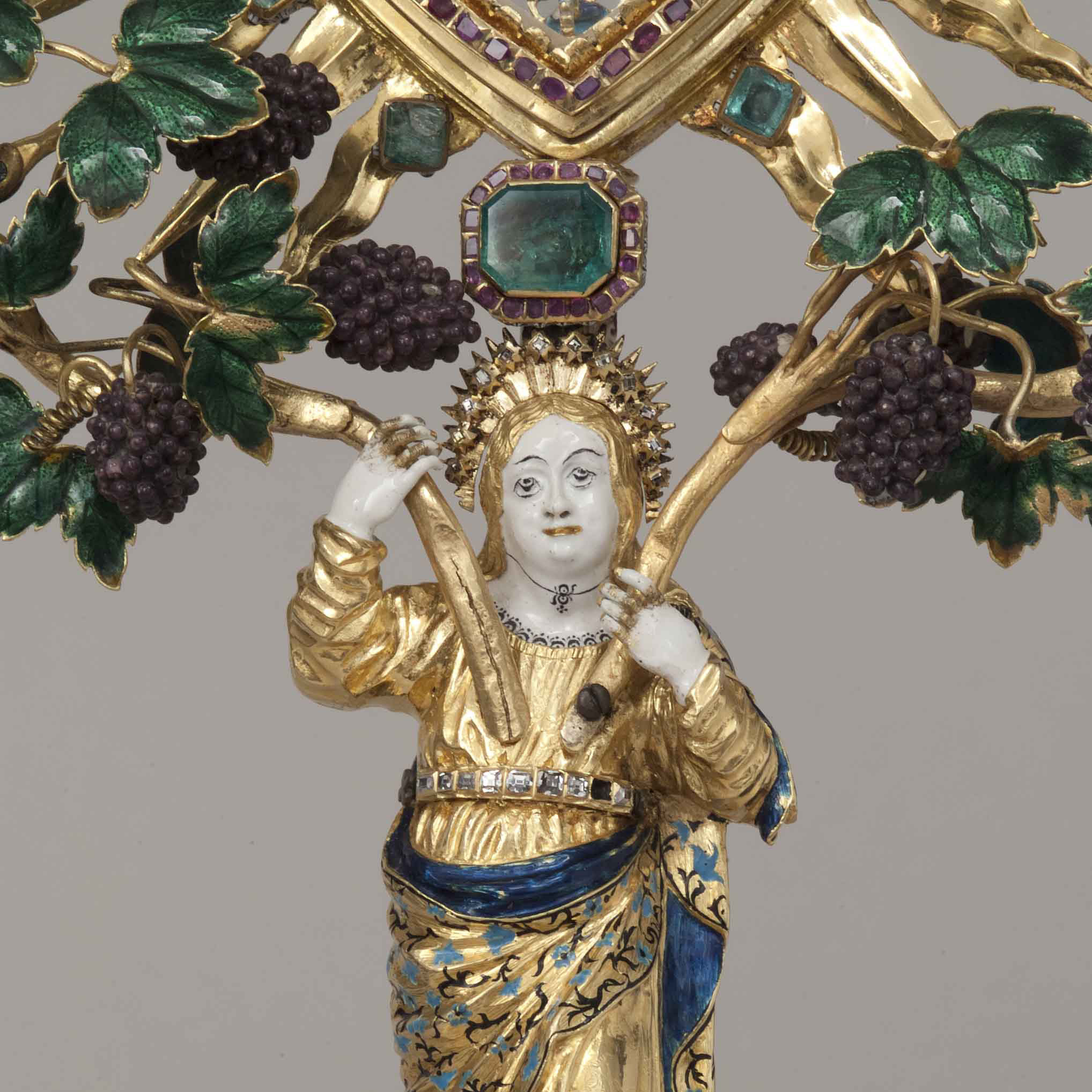- Home
- Play! BPM for children
EL. atvirukas
Atgal
It is thought that the first cathedral of Vilnius may have been built on this site at the time of Mindaugas’s Christianisation. Later it was converted into the Perkūnas temple. However, there is no reliable evidence of this fact. In the 13th century, a square defensive tower of the Lower Castle built for the protection of the gate stood on the site of the present belfry. Despite various historical calamities, almost the entire ground floor of the tower survived underground. It is one of the earliest masonry structures in Lithuania.

In 1387, as the Christianisation of Lithuania took place, Vilnius diocese with the Cathedral was established in Vilnius. The Cathedral building had a simple square plan and a tower on the western side. The Cathedral was approximately three times smaller than the present one. In the second half of the 14th century, a round upward tapering tower was built on the remains of the defensive tower. Loopholes were set up on the second and third floors. Like today, it could be accessed through an entrance on the first floor from the side of the courtyard.







Question
What was the original purpose of the cathedral crypts?

Explanation of right answer
Question
The tower adjacent to the cathedral became a bell tower in the 16th century. What was its previous function?

Explanation of right answer
Question

Explanation of right answer
Question
The treasury of Vilnius Cathedral was discovered in the cathedral in 1985. The discovery was:

Explanation of right answer
Question

Explanation of right answer
Question
St. Archangel Michael`s Church is a mausoleum of a famous noble family of the Grand Dutchy of Lithuania. What is the name of this family?

Explanation of right answer






















